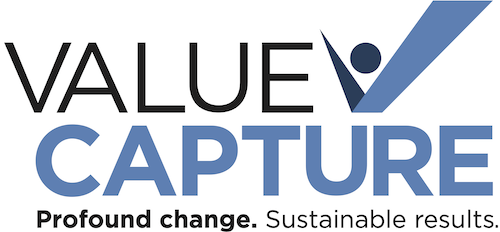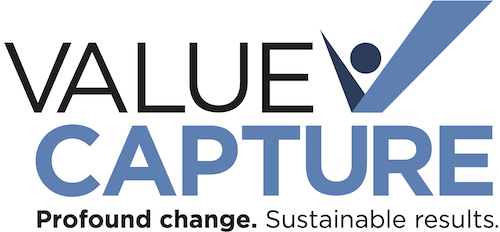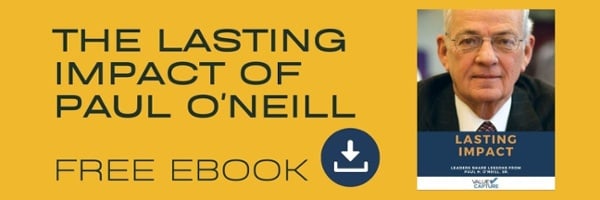Zero Harm
For patients and healthcare workers
"First, do no harm."
- Attributed to the ancient Greek physician Hippocrates
Defining Zero Harm
Zero is the Only Goal
Ask yourself, "Who wants to be hurt while receiving care?" or "Who wants to be injured while providing care?" The answer is nobody.
The late Paul H. O'Neill, Sr. talked about goals like zero harm, as quoted in A Playbook for Habitual Excellence:
“If it were perfect, what would it look like?” For me, the theoretical limit is perfect. It’s an idea that applies to everything."
He continued:
"If you ask yourself, “What’s the theoretical limit for injuries to workers?” the answer is zero. What’s the theoretical limit for hospital-acquired infections? It’s zero. That’s the theoretical limit.
The theoretical limit, including a goal of zero harm, is not used to bludgeon people.
It’s used to set up an intellectual construct so that you can take a measurement of where you are and compare it to what perfect looks like.
You can take a lot of conceit out of, “Hey, we’re 98 percent perfect.” What about the 19 people who died? That’s a different way to think about it. The theoretical limit, you say to yourself, “What about the 19 people who died?” They don’t want to do that. It unleashes your intellectual ability to recalibrate how you think about what you’re doing.
If you understand the idea of the theoretical limit, it causes you to be endlessly curious about, why is that? Why is it we do that the way we do? Is there a better way that would consume less resources and produce better properties, better patient outcomes?
Now you might wonder “how do we do it?” It's hard to find examples of institutions or organizations achieving goals that they haven’t aspired to.
And so, you start with a notion of setting goals at the theoretical limit of what’s possible.
It's possible to perform in such a way that there are zero medication errors, and zero nosocomial infections, and zero readmissions of CABG patients, and whatever else you’d like to imagine could be, and ought to be, zero."
See more in this free eBook of collected speeches from Mr. O'Neill, A Playbook for Habitual Excellence:
HSS CEO Lou Shapiro on Zero:
In this clip from Episode 73 of our Habitual Excellence podcast, the president and CEO of the Hospital for Special Surgery, Louis (Lou) A. Shapiro says:
Lou: "Every year we set the goal higher. Obviously we want zero, avoidable anything that's bad.
Zero.
Zero injuries.
Zero infections.
Zero complications.
Zero dissatisfied patients.
But that doesn't, that doesn't happen. And whether we set the goal at zero or not, we do have actual trended benchmark base that gets, you know, ratchet it up every year.
Mark Graban: Yeah. Why don't, when you say, you know, it's hard to have zero dissatisfied patients with an NPS of 94, That's, that's pretty close.
Lou Shapiro: Well, yeah, we can be a lot better..."
I love his matter-of-fact statement of "we can be a lot better" -- always striving for the theoretical limits of performance, including zero harm.
Reflections from John Toussaint, MD
In his introduction to the book, Dr. John Toussaint, a former health system CEO wrote:
"First, set a goal of zero workplace injuries. That is what Paul did at Alcoa and he made that company the safest in the world for workers. Duke Health has done it during Covid-19 and has achieved zero staff infections as of June 15, 2020. Leaders delivered all the personal protective equipment where and when it was needed. Leaders had a relentless focus on keeping staff (and patients) safe. In fact, leaders and staff started safety huddles each morning by reciting a pledge to “commit to zero harm for our patients, their loved ones, and ourselves.”
The topic of "Zero Harm" is also covered deeply in this excerpt from the free eBook Lasting Impact:
Reflections on Zero Harm from Steve Muething, MD
Stephen Muething, MD, Chief Quality Officer at Cincinnati Children’s Hospital Medical Center, has always had an appreciation for the importance of safety, but it was O’Neill who brought him the insight that pursuit of zero harm was a fundamental way of showing respect and, if as a leader you don’t do it, you’re a “hypocrite or worse. It changed my perspective on safety from something that was right — definitely a key goal of an organization and definitely something that a healthcare organization should get right — to really a fundamental human respect issue. I’ve never gone back.
He helped me make that transition from being a good technician of safety, probably a fairly good teacher of safety, to ‘No, this is fundamental to being a good human,’ not just a good quality improvement leader or those kinds of things.”
Toyota and Zero Harm
This site says that Toyota has set some goals of "zero harm."
The Toyota website describes safety as:
"Safe work is the gate to all work. Let us pass through this gate"
This Toyota Industries PDF document says they have a "goal of zero workdays lost due to on-the-job accidents." They haven't yet reached zero, but an accompanying chart shows that they hit zero in fiscal year 1998 and, in other years, had incident rates about 90% lower than the manufacturing sector as a whole.
Pushback on a Goal of Zero?
In his speeches, O'Neill said people sometimes (or often) took issue with a goal of zero. Is that unrealistic? Is that goal somehow demotivating?
O'Neill said (again, from the Playbook publication:
"One of the pushbacks I got at Alcoa was people said, “We don’t want to set a zero goal because we don’t really believe we can achieve it.”
I said, “Great.”
I took leadership with me out on the plant floor and talked to 40 or 50 people in the plant environment, and said to them, “You know what? I’ve said we should have zero injuries — incidents — through our workforce. Some of your leaders, who have a lot more experience than I do, don’t believe we should set a zero goal because we don’t think we can achieve it.
“I’d like to do this. If you want to make sure, if we’re going to have a goal that is a positive number, raise your hand if you want to make sure we reach our goal.”
There were no volunteers for people who wanted to be hurt.
I said, “Why do we have to have a positive goal? Why is a little bit better than last year, or 30 percent better than last year, OK? It’s not OK. We may not be able to get to zero in a year,” and we didn’t.
We did not get to zero in a year, but we began improving at a rate of 30 to 50 percent a year over 13 years.
We got really down there in the less than single digits in the 13 years I was there.
...
Here’s another thing. A lot of stuff we learn isn’t true. You all know about the law of diminishing returns. You often hear it about, “We can’t afford to get the last part of pollution out because it costs so much more money to get it out.”
I tell you what, the law of diminishing returns is bull-something. It’s amazing when you get really good at what you do, there’s an acceleration effect so that
...your rate of improvement increases when you get close to zero, it’s almost like there’s a magnet on zero the better you get.
It’s in everything. It’s not just about workplace safety. It is amazing."
Related Podcast Episodes:
Some of our guests in the Habitual Excellence podcast series have talked about the importance of striving for zero harm.

Dr. David Mayer
Listen to a podcast interview with Dr. David Mayer, past CEO of the Patient Safety Movement Foundation, where he discusses the importance of a "zero harm" goal and their recommendations for how to get there.
A portion of his remarks:
"We should strive for zero. We understand that that's a lofty, challenging goal. But we don't see any other number that makes us happy, that creates the urgency we need. And so we have set that goal of zero preventable harm.
When you think of things we've done in — healthcare central line infections and ventilator associated pneumonia— it has pretty much gone to zero in most hospitals."
Ken Segel
Hear Value Capture CEO Ken Segel talk about the need to set goals at the "theoretical limits," including zero harm to patients.
He says, in part:
"Our goal is that no one gets harmed, and when you set that goal, it settles a lot of the debates. A goal of zero has a clarifying and energizing effect on the importance of the transformation, because it connects in such a fundamental way with our, with our values as human beings.
If your goal is zero harm, you can't get there by just incremental thinking. If the goal is 10% improvement, then people are coming up with just little things and those changes might not be sustainable. If the goal is zero, you have the chance to rethink the process in a more fundamental way."
Zero Harm Program and Recognitions
We appreciate and admire hospitals that make a public commitment to "zero harm." Some of these include:
Intermountain Healthcare
According to their website, "Zero Harm focuses our attention on the prevention, detection, and correction of safety issues and events. Safety’s not just a program at Intermountain; it’s part of our culture."
Duke University Health System
We are proud to support our client in their initiative to "Commit to Zero," as described in this course description:
"Committing to zero harm means excellence, achieved through a transformative approach to teamwork, powered by a diversity of perspectives, creativity, ideas, and solutions, that create a system based on our individual and collective integrity, leading to enhanced patient safety and zero harm, for our patients, their loved ones and each other."
You can also hear another Duke leader, Cooper Linton, discuss Zero Harm in the webinar he presented:
"As a “fundamental” element to begin its Lean journey, Cooper said, “One is an intrinsic respect for our staff... That turns into an action of how we guard, use, protect a resource – the time of our staff and their expertise... We were also focused around ‘Commit to Zero...,’ the idea that no one should be hurt in the provision of care or in the receipt of care. We wanted to eliminate waste, error, rework, and that ties back to respect for time.”
Unpacking “commit to zero,” Cooper explained that “We wanted to include harms to people’s loved ones. They’re caregivers in the home, the emotional state of those people, [and] obviously our staff, and then our business... And we began to look at risk differently, and look at, what does it mean to be focused on risk?... We’re really going to focus, thinking about how do we address risks to keep them from ever becoming harms.”
UCLA Health
As stated on their website: "UCLA Health launched our Zero Harm initiative to eliminate preventable medical errors and maintain the highest patient safety standards.
New York Presbyterian
Their website states: "We are committed to making NYP the safest academic health system by promoting zero harm and optimal patient outcomes, through research and innovation, and by developing and sharing best practices."
Certified Zero Harm Awards
Learn more about the program in South Carolina where "Zero Harm Awards go to hospitals that prevent all hospital-acquired infections of a specific nature over an extended period of time."
Pledge to Commit to Zero
Our partners at the Patient Safety Movement Foundation have a program where your organization can "commit to zero." If you register for their site, you'll be able to make your commitment, which will open up a number of free resources for you and your organization. Learn more about why Value Capture provides support to the Patient Safety Movement Foundation and amplifies the voice towards patient safety for all in this interview with Senior Advisor Shana Padgett, "Why Value Capture Chose to Invest in the Patient Safety Movement."
Other Resources
We recommend these additional articles and resources for you on the topic of "zero harm."
Zero Harm in Health Care
An article from NEJM Catalyst (subscription required).
"A robust systems-focused approach to improving safety requires four interdependent elements:
- effectively managing change by tending to the psychology of change;
- creating and sustaining a culture of safety;
- developing and leveraging an optimal learning system; and
- engaging patients in the codesign of care and improvement."
Value Capture can help you and your organization with all four elements. Talk to us today.
The Journey to Zero Harm Requires Leadership

Sustainable enterprise transformations are always leader-led. Value Capture provides the organization’s CEO and executive team with advisory and coaching support during all the phases of their transformation journey.
It's leader-led, but it requires everybody's input and participation. We will never get to zero without involving everyone every day.
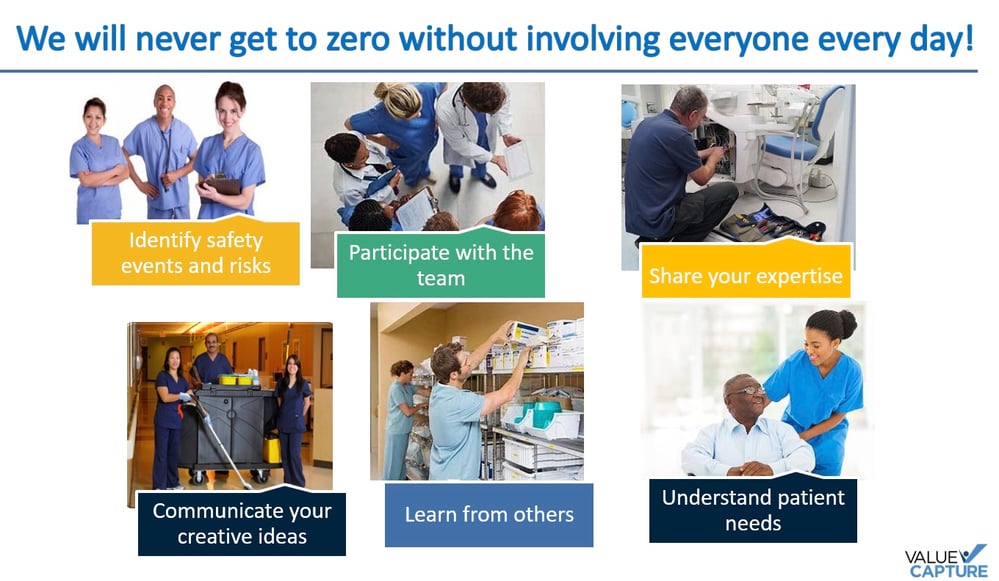
We need to:
- Identify safety events and risks
- Participate with the team
- Share your expertise (which requires a climate of psychological safety)
- Communicate your creative ideas
- Learn from others
- Understand patient needs
Other actions that are required:
- Care for the injured (physically and emotionally)
- Contain the situation (put immediate countermeasures in place to stop the harm)
- Help solve problems to root (prevent future harm)
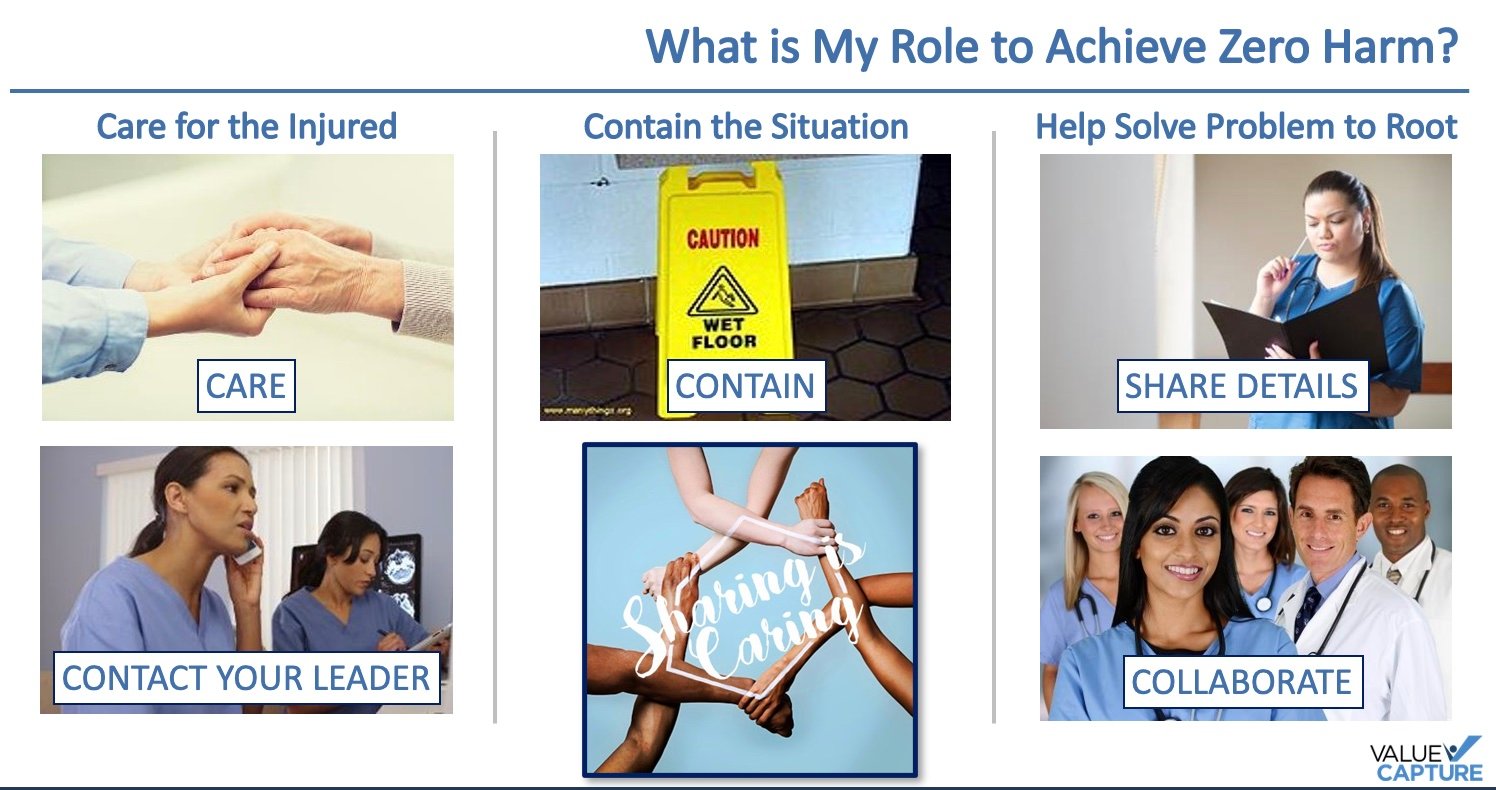
The team at Value Capture would love to talk with you about how we can support your journey to Zero Harm!
